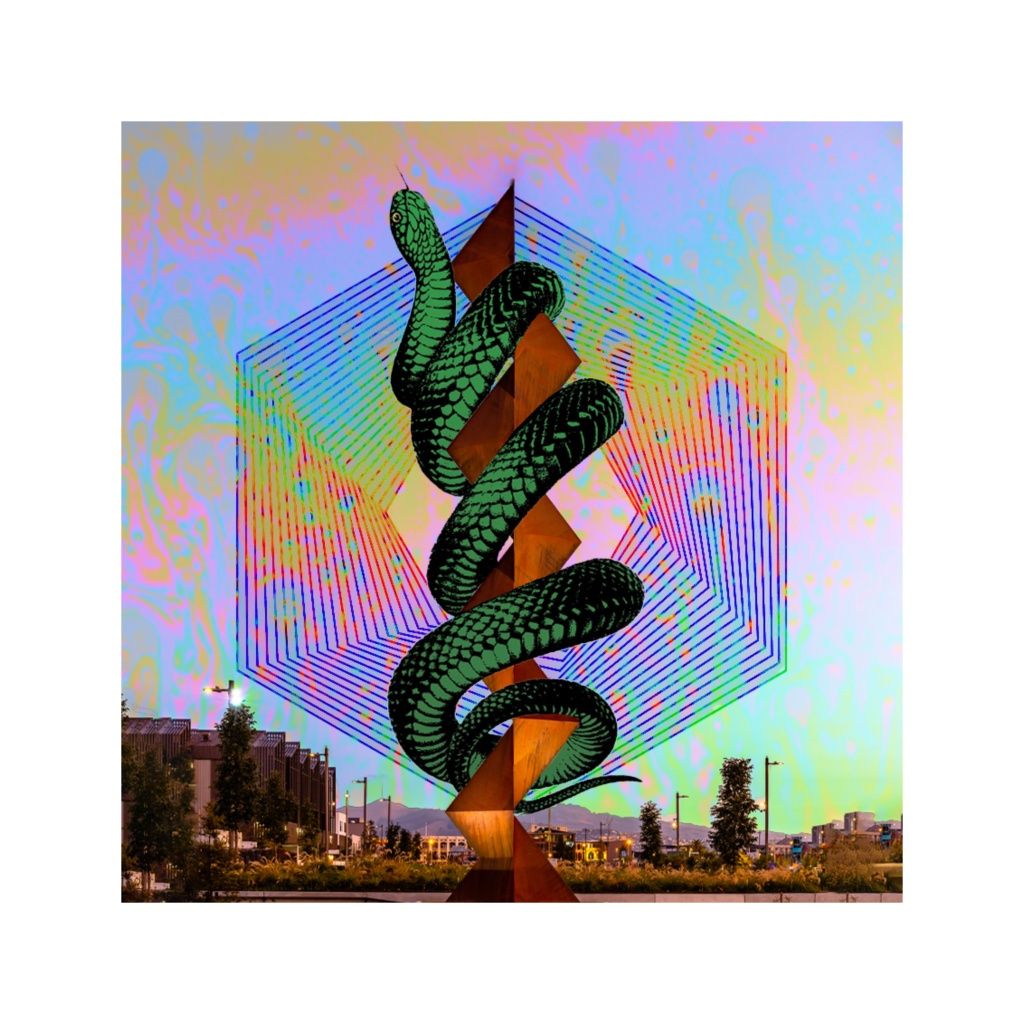famous snake sculptures
Laocoön and His Sons: This iconic Hellenistic sculpture, located in the Vatican Museums, depicts a Trojan priest and his sons being strangled by sea serpents, sent by Poseidon as punishment.
Glykon Snake: A unique and powerful symbol of Dobrogea and Tomis (modern-day Constanța, Romania), the Glykon Snake, also known as the Fantastic Snake, is a strange creature with a lamb's snout, human hair, a lion's tail, and a snake's body. It is displayed in the Treasury Room of the Museum of National History and Archaeology in Constanța.
Minoan Snake Goddess Figurines: These figurines, discovered in Knossos, Crete, and now displayed at the Heraklion Archaeological Museum, depict women holding or wearing snakes. Their significance as symbols of Minoan religion and art is debated, with some scholars suggesting they represent priestesses or a goddess.
Stone-Age Snake Sculpture from Finland: A sinuous, 4,000-year-old snake sculpture made from a branch of wood was unearthed in Finland. Researchers speculate it may represent a grass snake or European viper.
howard finster x Michael stipe: inspired by the eye-catching concrete "Snake Mound" that Finster created in Paradise Garden, R.E.M.'s second album, "Reckoning," features a cover painting of a two-headed snake that was a collaboration between Finster and stipe.
Coatlicue: This Aztec goddess sculpture features serpents as a face and skirt, symbolizing both destruction and creation. It is displayed in the National Museum of Anthropology in Mexico City





